Flavonoids: Nature's Powerful Antioxidants
Flavonoids are more than just plant compounds; they’re nature’s hidden gems, celebrated for their potent antioxidant properties and incredible health benefits. Found in fruits, vegetables, and herbs, these vibrant compounds not only contribute to plant defense but also promote human health. From the radiant reds of berries to the golden hues of citrus fruits, flavonoids bring life and protection to your plate. Let’s dive into the fascinating science behind flavonoids, their benefits, and how to seamlessly incorporate them into your daily wellness routine.
What Are Flavonoids?
Flavonoids are a class of polyphenolic compounds that are widely distributed in plants, animals and bacteria. In the plant they generally assist in plant defense against external threats, abiotic and biotic, as well as in monitoring and triggering growth. Some even protect against UV damage, acting as a type of biological sunscreen! Flavonoids are categorized into several subgroups, each boasting unique properties and benefits: flavones, flavonols, flavanones, isoflavonoids, anthocyanins, and chalcones.
Because of the complexity and variety of this group of compounds, let's dive into the subcategories to shed a bit more light on this group of plant constituents.
Flavones
Sources: Celery, parsley, red peppers, chamomile, mint, ginkgo biloba
Examples: Luteolin, apigenin, tangeritin
Structure: Double bond between positions 2 and 3, ketone in position 4 of the C ring, often hydroxyl group in position 5 of the A ring
Benefit: Anti-inflammatory support
Flavonols
Sources: Onions, kale, lettuce, tomatoes, apples, grapes, berries, tea, red wine
Examples: Kaempferol, quercetin, myricetin, fisetin
Structure: Ketone group in C ring, hydroxyl group in position 3 (which may be glycosylated)
Benefit: Antioxidant powerhouse
Flavanones
Sources: Citrus and other fruits (oranges, lemons, grapes)
Examples: Hesperitin, naringenin, eriodictyol
Structure: Saturated C ring (no double bond between positions 2 and 3), free radical-scavenging properties
Benefit: Supports heart health and immune function
Isoflavonoids
Sources: Soybeans, other leguminous plants like lentils
Examples: Genistein, daidzein
Structure: Limited distribution, phytoestrogens due to estrogenic activity
Benefit: Hormonal balance and bone health
Anthocyanins
Sources: Cranberries, black currants, red grapes, raspberries, strawberries, blueberries, blackberries
Examples: Cyanidin, delphinidin, malvidin, pelargonidin, peonidin
Structure: Pigments responsible for colors, color depends on pH, methylation, and acylation at hydroxyl groups on A and B rings
Benefit: Promotes brain health and combats inflammation
Chalcones
Sources: Tomatoes, pears, strawberries, bearberries, certain wheat products
Examples: Phloridzin, arbutin, phloretin, chalconaringenin
Structure: Absence of the C ring, making them open-chain flavonoids
Benefit: Skin and metabolic health
Health Benefits of Flavonoids
Flavonoids are renowned for their powerful antioxidant activity, which helps protect the body from oxidative stress and free radical damage. Here are some of the key health benefits of flavonoids:
Antioxidant Protection: Flavonoids neutralize free radicals, reducing oxidative stress and protecting cells from damage. This helps prevent chronic diseases such as cardiovascular disease, cancer, and neurodegenerative disorders.
Anti-Inflammatory Properties: Flavonoids have anti-inflammatory effects that help reduce inflammation in the body. This can alleviate symptoms of inflammatory conditions like arthritis and support overall immune function.
Cardiovascular Health: Flavonoids improve cardiovascular health by enhancing blood vessel function, reducing blood pressure, and lowering cholesterol levels. They also help prevent the formation of blood clots, reducing the risk of heart attacks and strokes.
Cancer Prevention: Some flavonoids have been shown to inhibit the growth of cancer cells and induce apoptosis (programmed cell death) in cancerous cells. They also help prevent the spread of cancer by inhibiting angiogenesis (the formation of new blood vessels that feed tumors).
Brain Health: Flavonoids support brain health by improving cognitive function and protecting against neurodegenerative diseases such as Alzheimer's and Parkinson's. They enhance blood flow to the brain and reduce inflammation, promoting overall brain health.
Where to Find Flavonoids
Many fruits, vegetables, and herbs are rich in flavonoids. Some of the most notable sources include:
Berries (blueberries, strawberries, raspberries, elderberries): Rich in anthocyanins, which have strong antioxidant and anti-inflammatory properties.
Citrus fruits (oranges, lemons, grapefruits): Contain flavanones that support cardiovascular health and enhance immune function.
Leafy greens (spinach, kale, Swiss chard): High in flavonols, which promote overall health and well-being.
Green tea and black tea: Loaded with catechins and flavonols, which have potent antioxidant and anti-cancer properties.
Onions and garlic: Contain quercetin, a flavonol with powerful anti-inflammatory and antioxidant effects.
Soy products (tofu, tempeh, soy milk): Rich in isoflavones, which support hormonal balance and bone health. These are especially good for supporting female reproductive health.
How to Incorporate Flavonoids into Your Diet
Incorporating flavonoid-rich foods into your diet is simple and delicious. Here are some tips to boost your flavonoid intake:
Enjoy a variety of colorful fruits and vegetables: Aim to include a rainbow of colors in your diet to ensure you get a diverse range of flavonoids.
Drink green or black tea: Swap your regular beverages for green or black tea to benefit from their high flavonoid content.
Add berries to your meals: Sprinkle berries on your breakfast cereal, yogurt, or salads for a delicious and nutritious boost.
Include citrus fruits: Snack on oranges, add lemon to your water, or use lime juice in your cooking to enhance flavor and health benefits.
Cook with onions and garlic: Use these flavorful ingredients in your dishes to boost your flavonoid intake and add depth to your meals.
Incorporate soy products: Include tofu, tempeh, or soy milk in your diet to benefit from their isoflavone content.
Flavonoids aren’t just nutrients—they’re nature’s toolkit for better health. By integrating these antioxidant-rich compounds into your diet, you can shield your body from oxidative stress, bolster your immunity, and enjoy a more vibrant life. Let their colors brighten your plate and their benefits enhance your well-being. Start your journey with flavonoids today and experience nature’s science-backed magic.
References
Panche, A N et al. “Flavonoids: an overview.” Journal of Nutritional Science vol. 5 e47. 29 Dec. 2016, doi:10.1017/jns.2016.41
Zahra, Mehak et al. “Flavonoids: Antioxidant Powerhouses and Their Role in Nanomedicine.” Antioxidants (Basel, Switzerland) vol. 13,8 922. 29 Jul. 2024, doi:10.3390/antiox13080922
Ciumărnean, Lorena et al. “The Effects of Flavonoids in Cardiovascular Diseases.” Molecules (Basel, Switzerland) vol. 25,18 4320. 21 Sep. 2020, doi:10.3390/molecules25184320
Kopustinskiene, Dalia M et al. “Flavonoids as Anticancer Agents.” Nutrients vol. 12,2 457. 12 Feb. 2020, doi:10.3390/nu12020457
Spencer, Jeremy P E. “Flavonoids and brain health: multiple effects underpinned by common mechanisms.” Genes & nutrition vol. 4,4 (2009): 243-50. doi:10.1007/s12263-009-0136-3



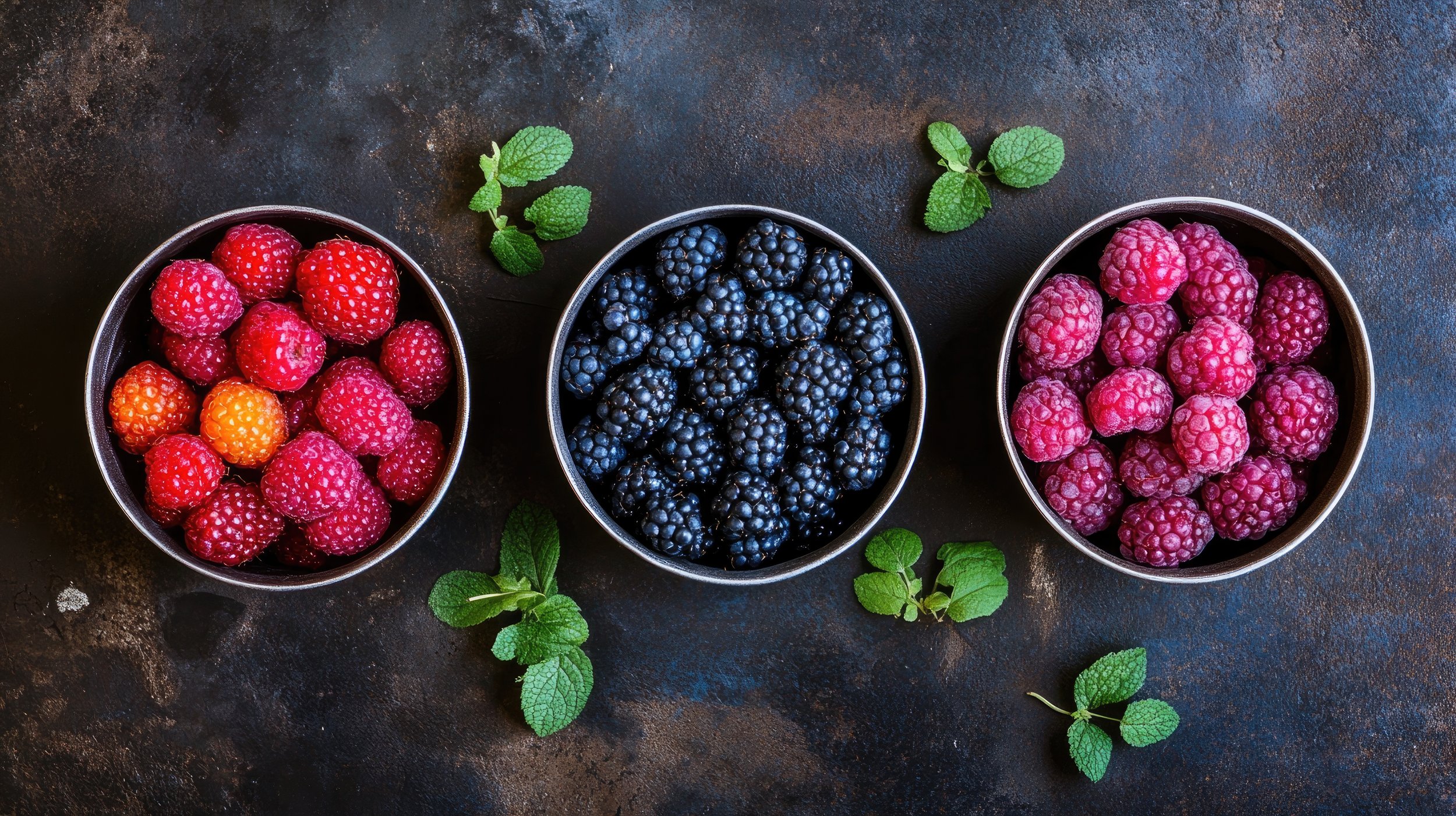







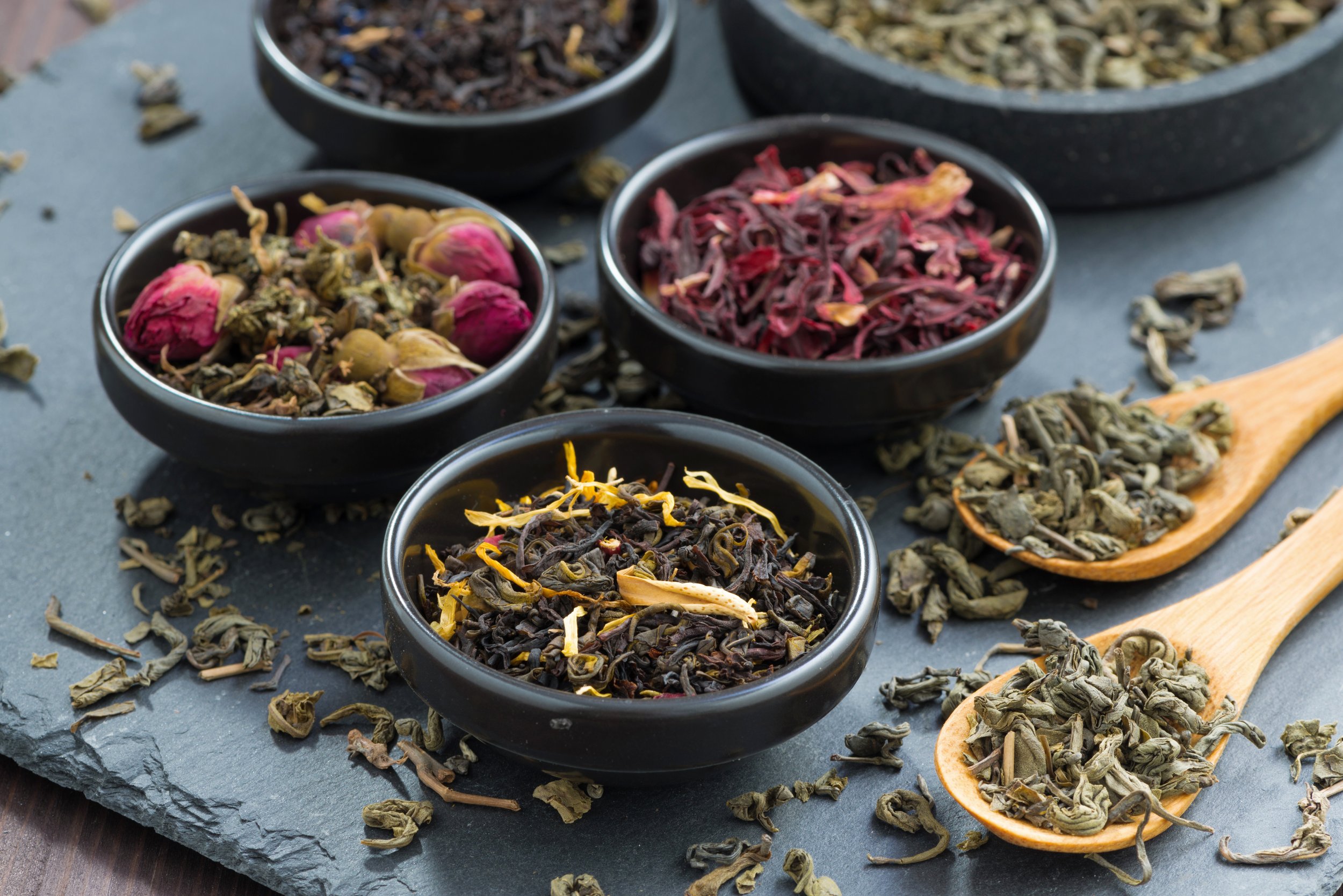
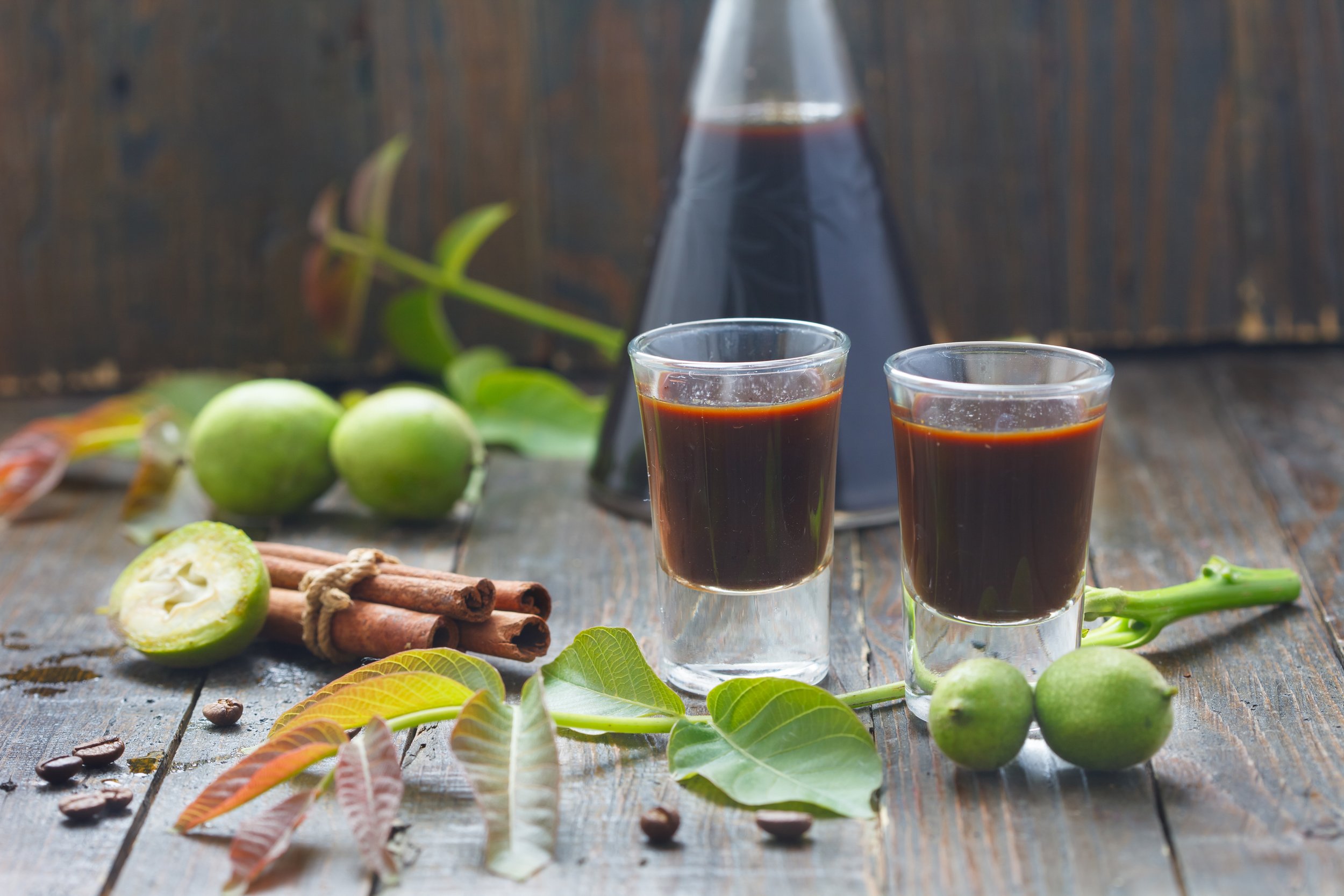


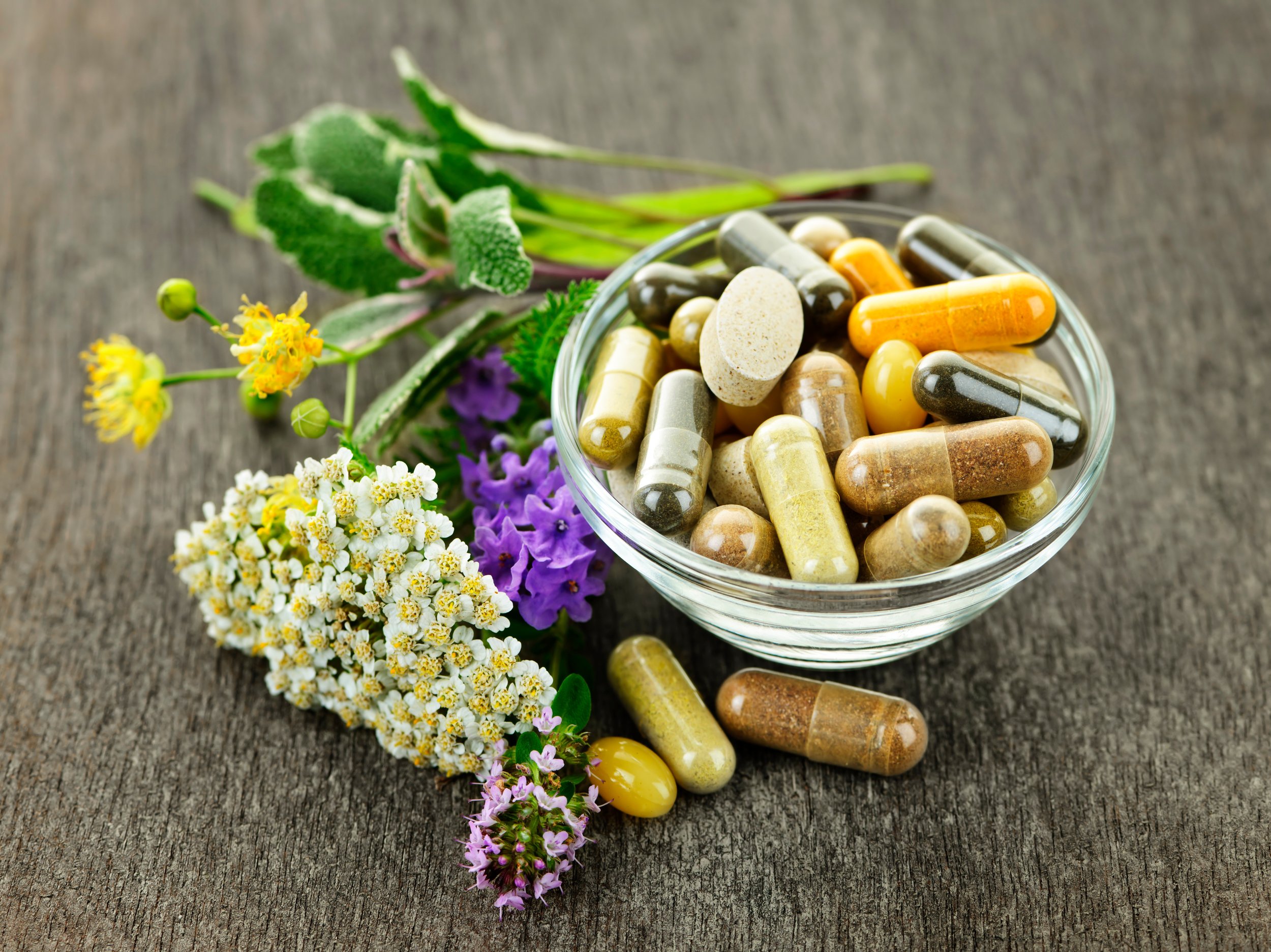

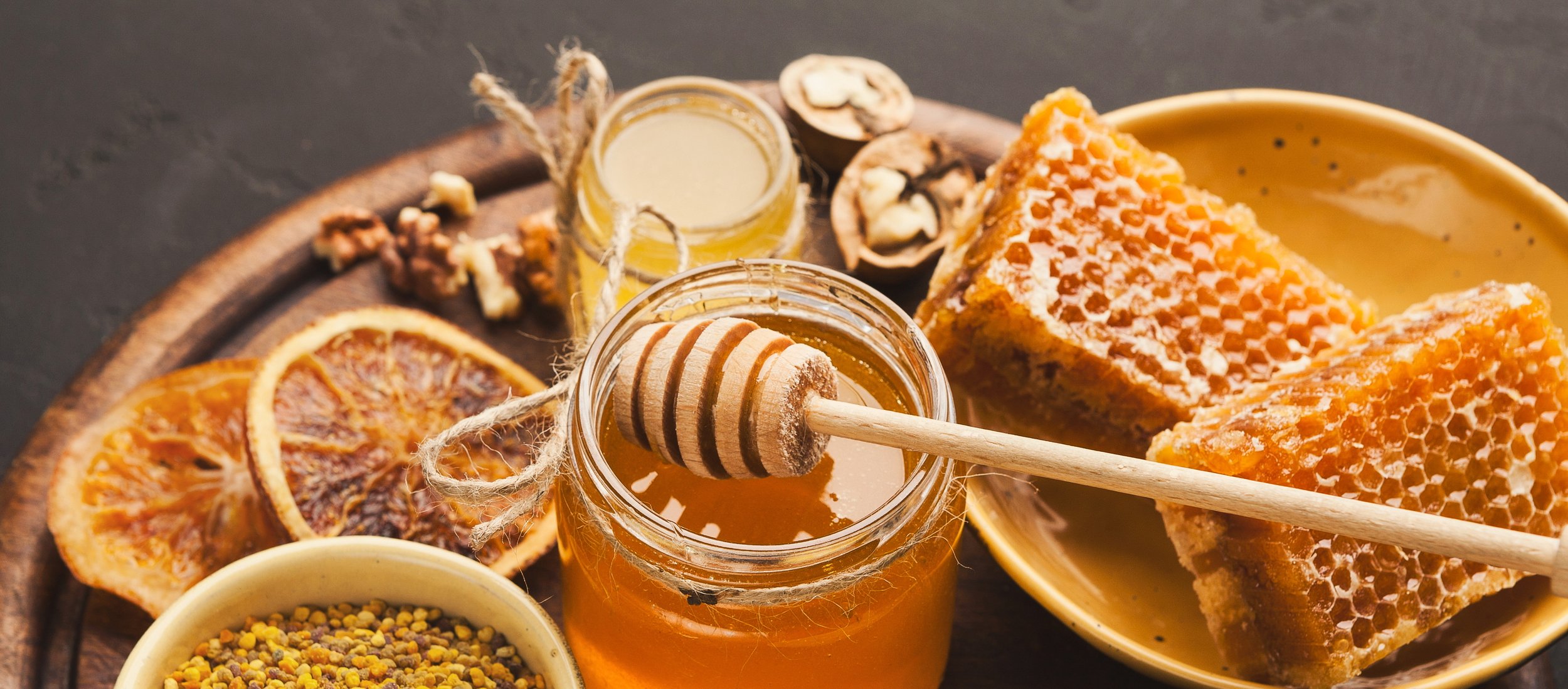

Hello and welcome! I'm Eve, a Chemist turned Herbalist, sharing the wonders of plant medicine and botanical skincare. Join me on this journey to Learn, Create, and Align your Divine!